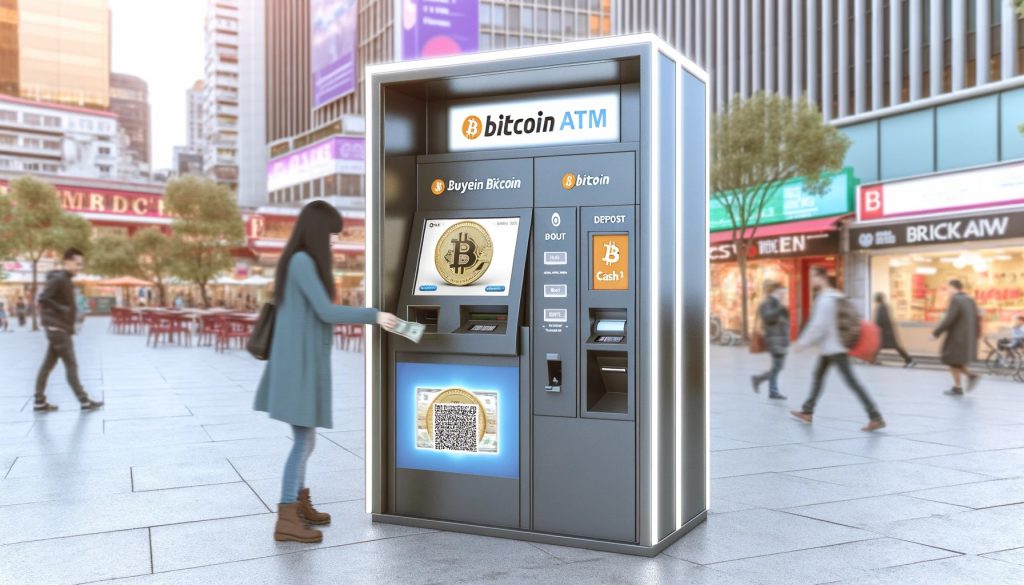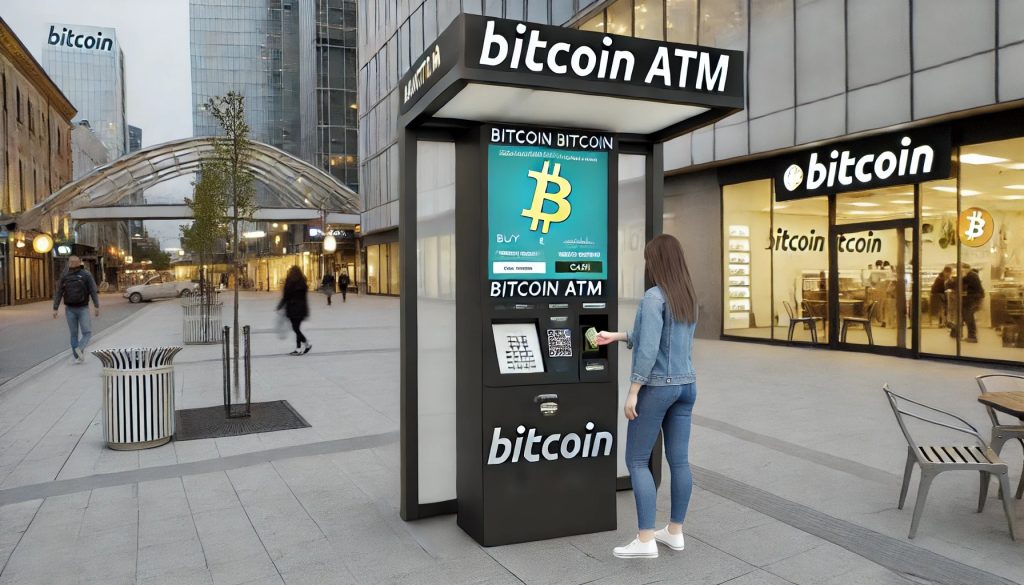Bitcoin ATM machines have revolutionized how users interact with cryptocurrency, making it easy to buy and sell Bitcoin with cash. These machines, found globally, offer a straightforward way to convert fiat currency into Bitcoin, bypassing traditional exchanges and their complexities.
How to Use a Bitcoin ATM
Before using a Bitcoin ATM, you’ll need a digital wallet to store your Bitcoin. Most wallets provide a QR code, which you can scan at the ATM to receive your Bitcoin. Insert cash into the ATM, confirm the transaction, and within minutes, the Bitcoin will be sent to your wallet.
Bitcoin ATMs typically require users to verify their identity, especially for larger transactions. This might involve a phone number verification or a photo ID scan.
Transaction Fees
One significant downside to Bitcoin ATMs is their high transaction fees. These fees can range between 7% and 20%, depending on the machine operator and location. These fees are considerably higher than most online exchanges, so it’s important to be aware of them before transacting.

Advantages of Bitcoin ATMs
- Accessibility: Bitcoin ATMs are available 24/7 and can be found in many major cities, often in convenient locations.
- Speed: Transactions are fast, with minimal wait times compared to traditional exchanges.
- Anonymity: Many Bitcoin ATMs don’t require extensive identification, offering more privacy than exchanges that comply with strict KYC regulations.
Disadvantages of Bitcoin ATMs
Despite the convenience, Bitcoin ATMs come with several downsides:
- High Fees: The fee structure is often the biggest deterrent, as Bitcoin ATMs charge significantly higher rates than online exchanges.
- Limited Services: Many Bitcoin ATMs only allow Bitcoin transactions, though some support other cryptocurrencies.
By understanding the pros and cons, users can maximize their Bitcoin ATM experience, balancing convenience with cost-efficiency.


